The Army Best Medic Competition 2022: It's About What You Learn
Hear about this year's winners, and discover how simulation helps prepare medics for battlefield emergencies during the Best Medic Competition.
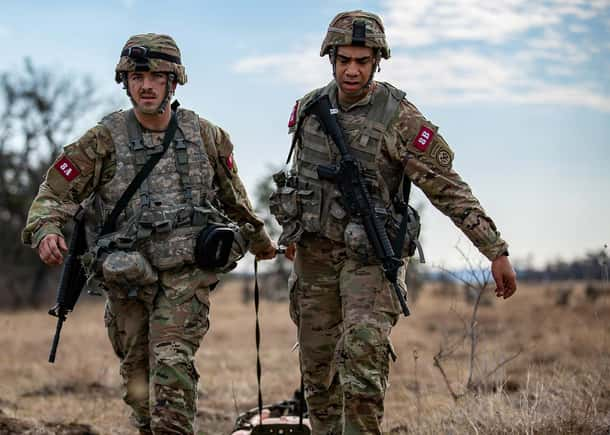
Hear about this year's winners, and discover how simulation helps prepare medics for battlefield emergencies during the Best Medic Competition.

The role of the Army's medical personnel is significant: they provide lifesaving emergency medical treatment for their fellow Soldiers – oftentimes during extreme chaos.
Military axiom
The annual CSM Jack L. Clark Jr. Army Best Medic Competition seeks to challenge the Army’s best medical personnel in a simulated operational environment. During the competition, two-soldier teams navigate a grueling series of events that push their stress, physical, and emergency medical skills to the limits. Among the many challenges the competitors face are an obstacle course, a physical fitness challenge, land navigation, and stress shoots on a firing range, which test their ability to fight despite difficult conditions. And, competitors’ medical proficiencies are tested in day and night combat medic lanes that demand effective management of simulated casualties. Competitors progress through all of these exhausting challenges in just 3 days. The winning team earns major bragging rights: they are considered the most technically competent, physically and mentally tough medic team in the Army.1
Medics who earn entry into the Best Medic Competition are already among the "best of the best." To be eligible for entry, medics must have received either the Expert Field Medical Badge (EFMB) or the Combat Medical Badge (CMB).2 Both badges require the utmost determination and competence to receive. The overall pass rate for the Expert Field Medical Badge is less than 20%, making it one of the hardest and most respected forms of recognition you can earn in the army.3
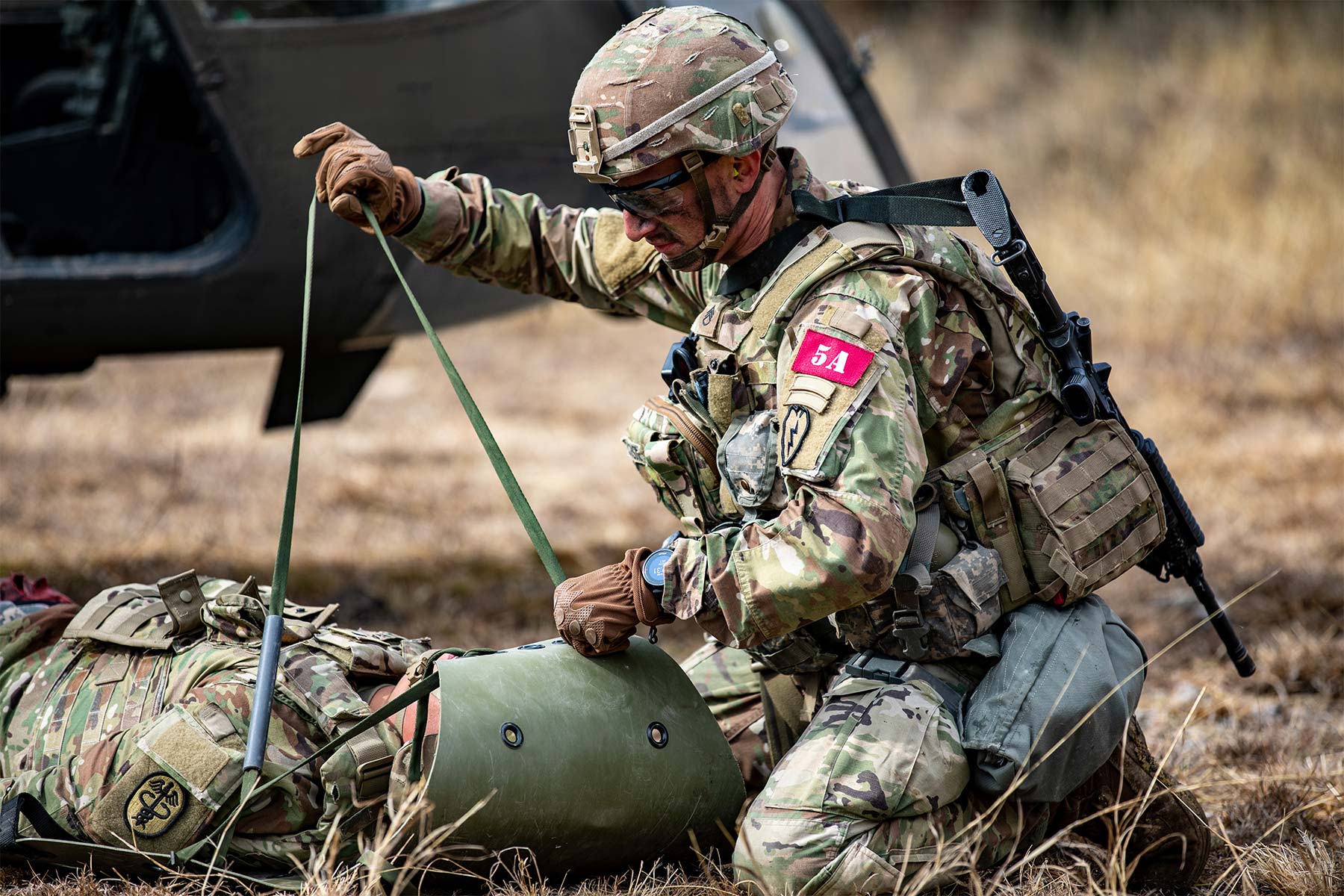
Imagine having to jump into a pool with all your gear on, and then removing everything so you can swim to and rescue a simulated casualty. Then, you must perform CPR while your teammate retrieves your gear from the bottom of the pool. This scenario was only one of the many chaotic events that medics faced this year.4
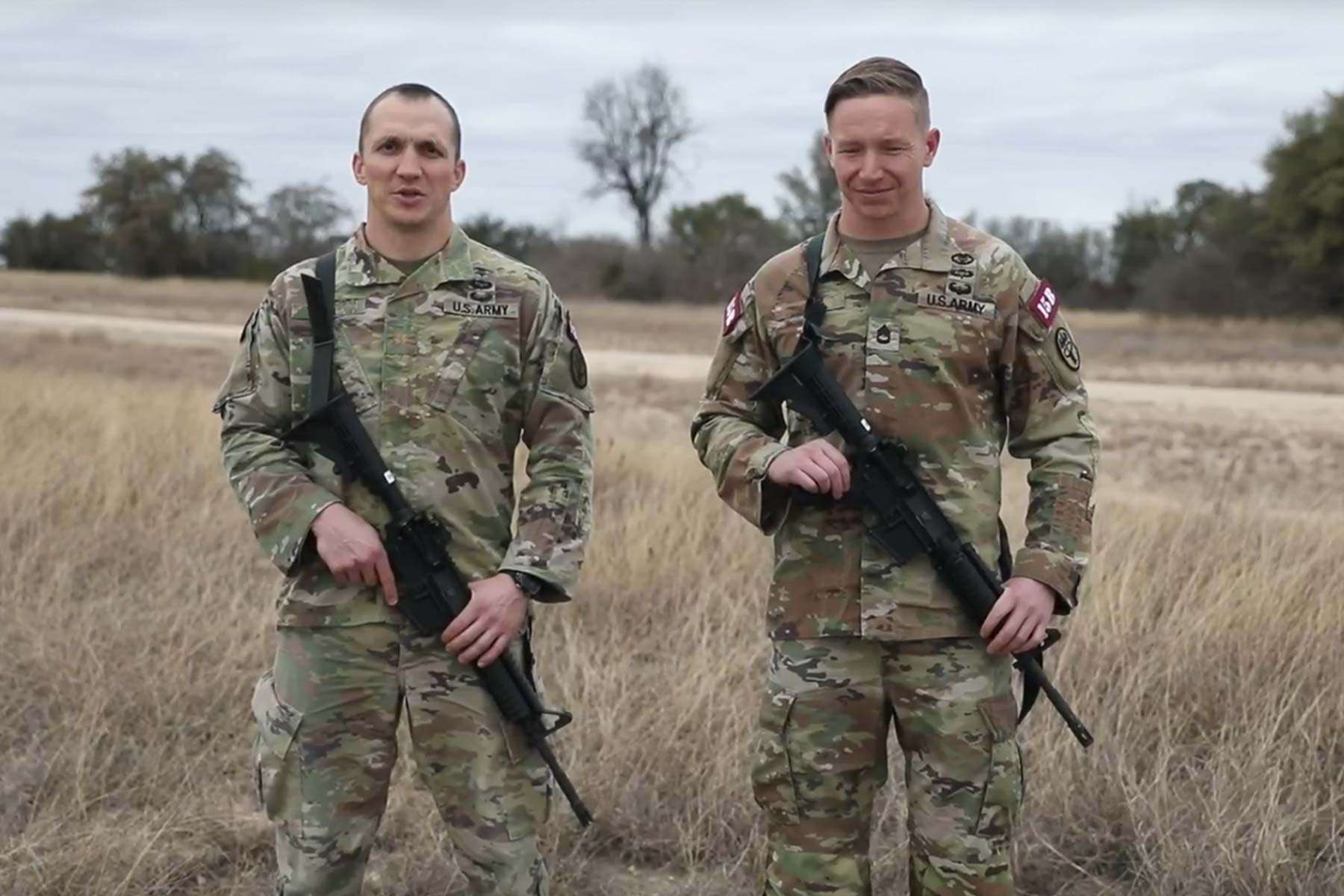
The 2022 competition took place on January 24-28, 2022 in Fort Hood, TX. Before the event began, competitor Maj. Bryan Ahlborn of Carl R. Darnall Army Medical Center in Fort Hood had remarked that "I expect this competition to present many obstacles and medical challenges for [our team]. But we have been training - and with our medical expertise, we don't expect to see anything we can't overcome."5 His prediction turned out to be accurate. Maj. Ahlborn and teammate Sgt. 1st Class David McAfee of Weed-Irwin Army Community Hospital in Fort Irwin, CA conquered everything the competition had in store with distinction, landing them in first place. Both soldiers were representing Regional Health Command - Central. Congratulations to this year’s Best Medics!
Other challenges included a 13-mile ruck march that became even more grueling due to heavy muds caused by day-long rainfall in central Texas, as well as an obstacle course that involved carrying a 200-pound simulated patient through low crawls, across fields, up hills, and around barbed wire.6
The Best Medic Competition sets out to uncover the leading Army medic team. But another important goal of the competition is to provide a valuable training opportunity for every medic that participates.
"It’s not just a competition that determines who’s the fastest or the smartest", explains Master Sergeant Michael Eldred, who plans the competition’s events. "It's an extended training event that enhances medics from across our force, enabling them, and making them better at what they do: and that’s saving lives in the future."7
Simulation plays a key role in bringing realism to the experience. In many parts of the competition, medical skills testing is often conducted using lifelike simulators to replicate casualties. The simulations allow the medics to practice delivering real care, without worrying about harming actual casualties. The military has increasingly turned to simulation for decades as a method to create a risk-free, hands-on training environment.8
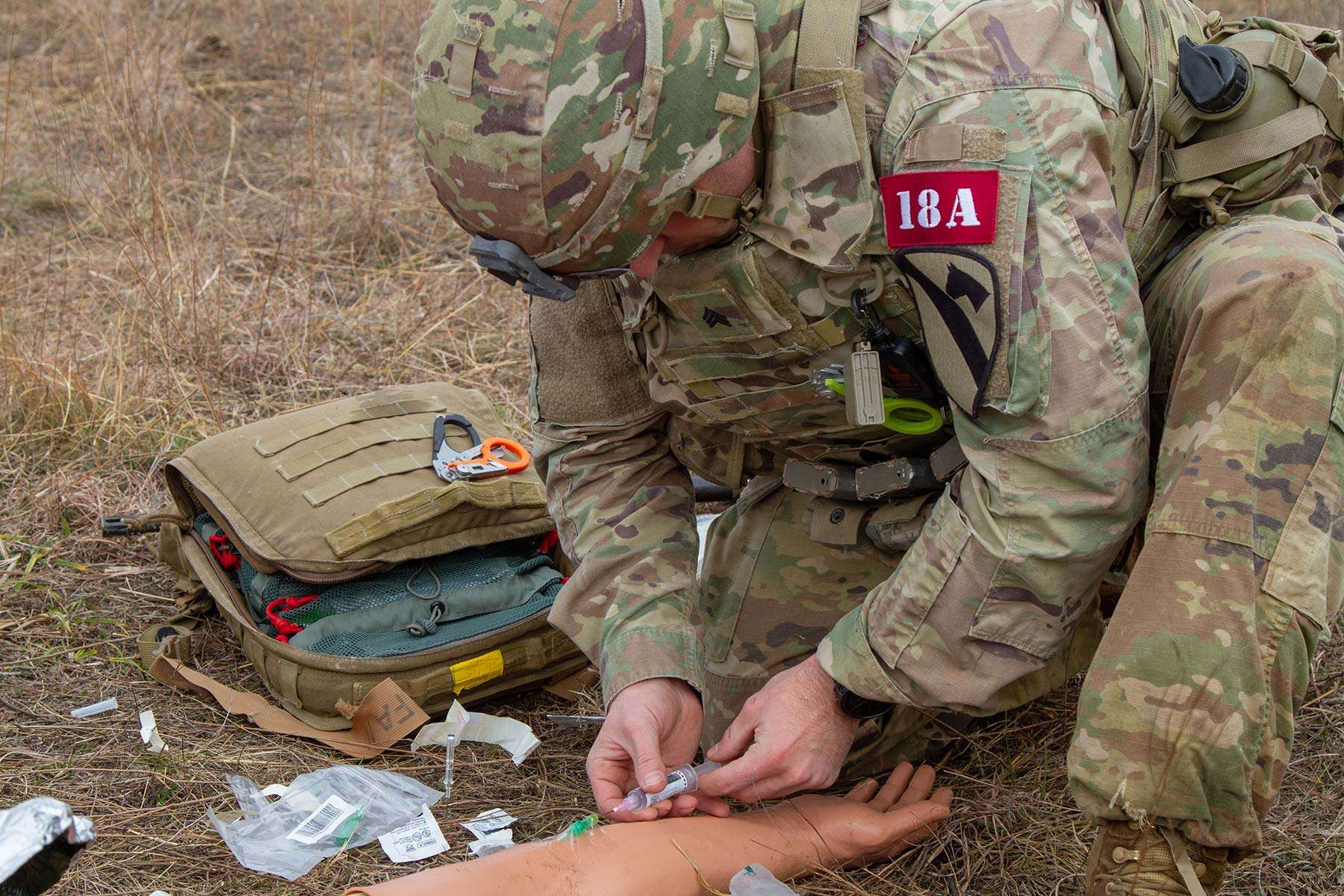
The Best Medic Competition utilizes in situ simulation, which is simulation that takes place in the actual environment where medical care is performed. In situ simulation heightens realism to new levels, creating an impactful and effective experiential learning opportunity.9
The competition harnesses the power of in situ simulation to its utmost potential. This is because it carefully recreates the intensity of the very untraditional clinical environment that Army medics navigate on a regular basis. Medics must perform lifesaving medical interventions while simultaneously being pushed to their physical and mental limits.
By the time competitors have made it to the competition, simulation has likely already played a role in preparing them to excel. Simulation is widely used to train medics on emergency medical care, including a focus on the three primary preventable causes of death on the battlefield. These include hemorrhage, tension pneumothorax, and airway obstruction.11
Connor Ignozzi, 232nd Medical Battalion Combat Medic Specialist12
This training has an impact in setting medics up for success during the Best Medic Competition. As they compete, they draw upon some of the same skills they trained on using simulation to demonstrate critical medical competencies.
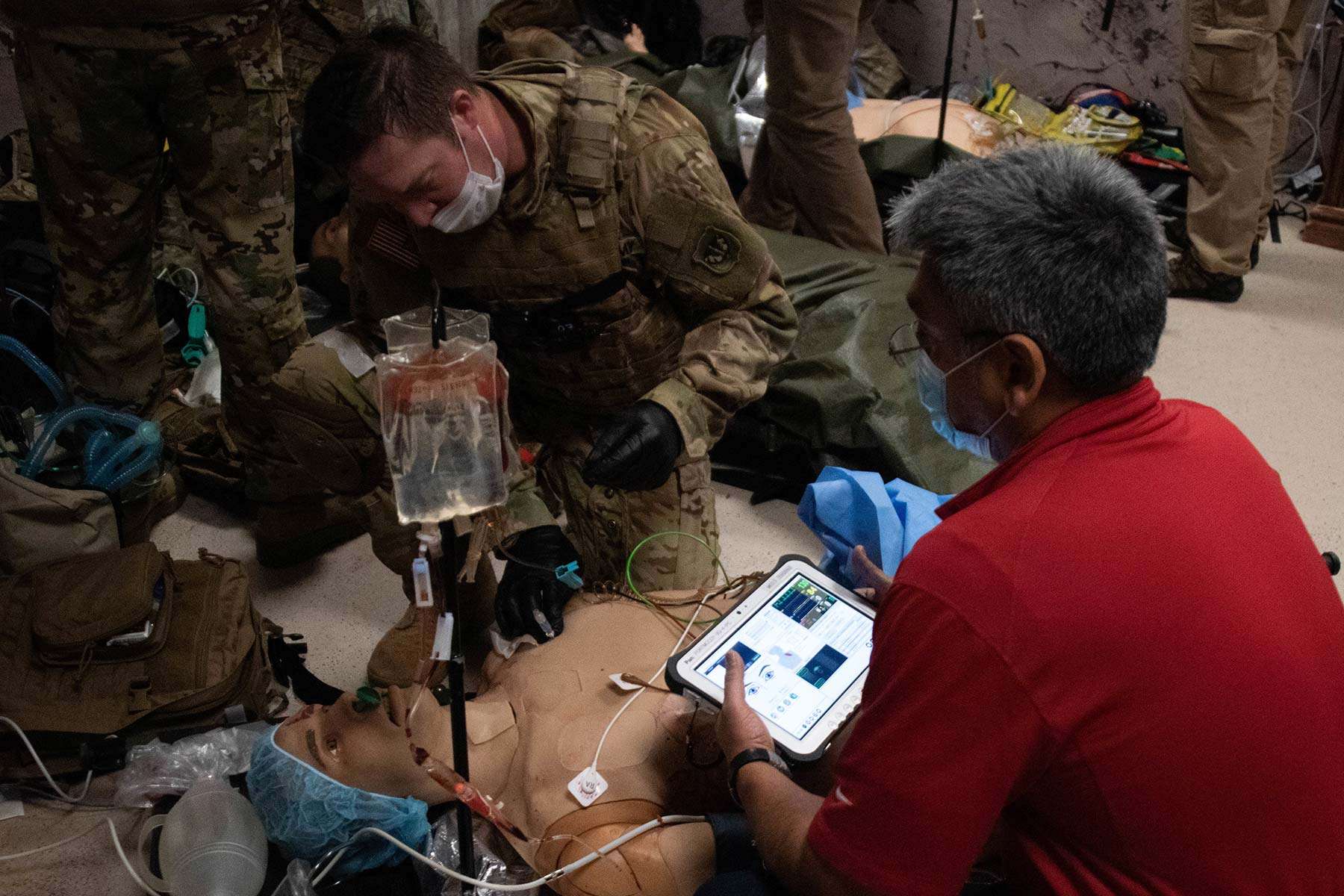
During the competition, simulators are commonly used for testing the medics' medical abilities. These training scenarios give them the opportunity to practice delivering effective care despite everything going on around them.
Simulation training has been shown to improve skills retention in military training – so medics are likely to leave the competition retaining some of the skills they improved during the scenarios.13
Below are some of the areas that simulation training during the competition improves medics' future preparedness in delivering effective casualty care:
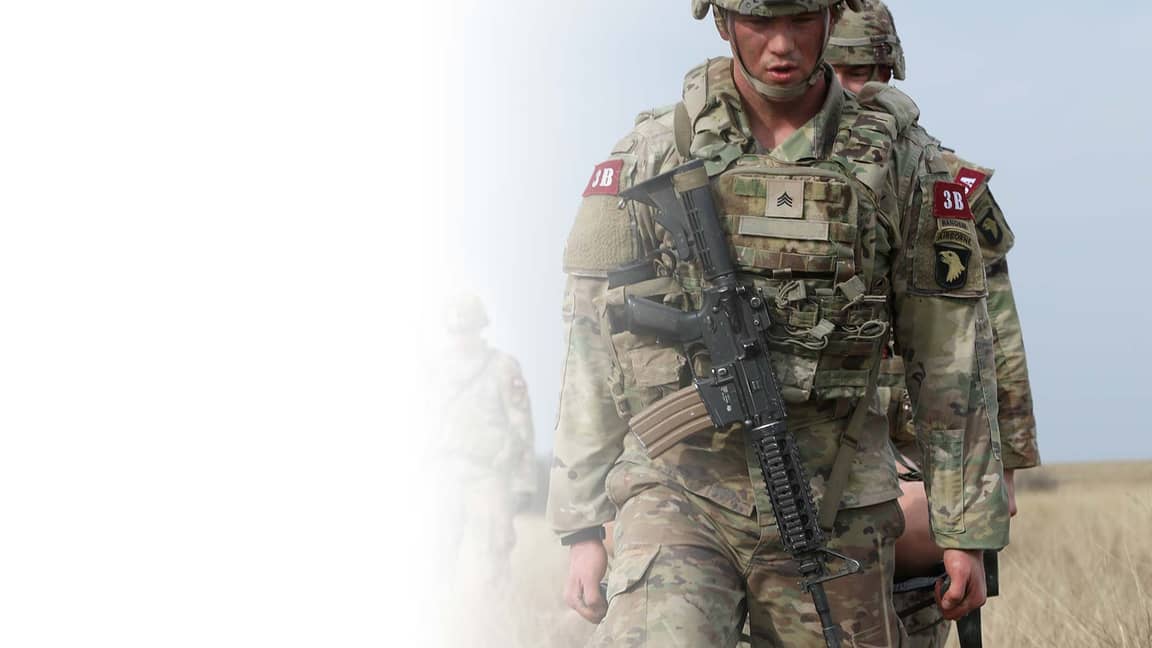
Performing key procedural skills on a simulator provides the medics an opportunity to practice and improve while under pressure, without risk to a real patient. One study of U.S. Army combat medics found that using simulation to train for management of severe extremity hemorrhage resulted in a statistically significant improvement in the time it took to stop the hemorrhage.14
The 2-soldier teams must work together on treating and transporting the simulated casualties they encounter. One year, the teams had to treat a simulated casualty (shortly after returning fire) and then transport the casualty down a 30-foot cliff.15 Research shows that team training using simulation can strengthen elements of effective teamwork, like communication, coordination, and cooperation. And, the knowledge students gain is associated with improved patient safety outcomes.16
The simulations give the medics the chance to perform medical care while navigating extremely demanding environments. Making it through these situations successfully can help them feel more confident that they can navigate similar situations in the future. Experts agree that simulation training has been shown to improve self-confidence.17 One study of military physicians found that simulation led to an increase in providers’ self-confidence in performing clinical skills.18
The value of participating in the Best Medic Competition is two-fold. Not only do medics leave with new levels of agility, strength, and preparedness; but they’ve also acquired expertise that they can bring home to their teams.
"I may not be the best medic, but what I learned will make me a better leader. I can take the things we’ve done here, and I can go back and … teach them to my medics," explains Sergeant Jarrod Sheets, a combat medic who took second place in 2016.19
Gen. Mary V. Krueger, Regional Health Command - Atlantic (RHC-A) commanding general20
The appearance of U.S. Department of Defense (DoD) visual information does not imply or constitute DoD endorsement.
SimMan® 3G PLUS
SimMan 3G PLUS basiert auf jahrzehntelanger Erfahrung und bietet ein vollkommen immersives Trainingserlebnis mit einem noch höheren Grad an Realitätsnähe.
SimMan® 3G Trauma
Rugged and reliable, SimMan® 3G Trauma is specifically designed to meet military needs for a quality, mobile simulation solution that can adapt to unique training environments and meet all educational objectives.
Managed Services Program
With our Managed Services Program, we bring a flexible and sustainable solution that can meet unique training needs to ensure an organizations' success.
Educational Services
Our educational portfolio will help you to implement best practices in your simulation training to optimize learning potential in your students.
Technical Services
Prolong the life-span of your simulation equipment with follow-up services from Laerdal Technical Services.
Sign up for Laerdal Medical email updates. You can identify your interests and receive new educational content, updates, event information and more.